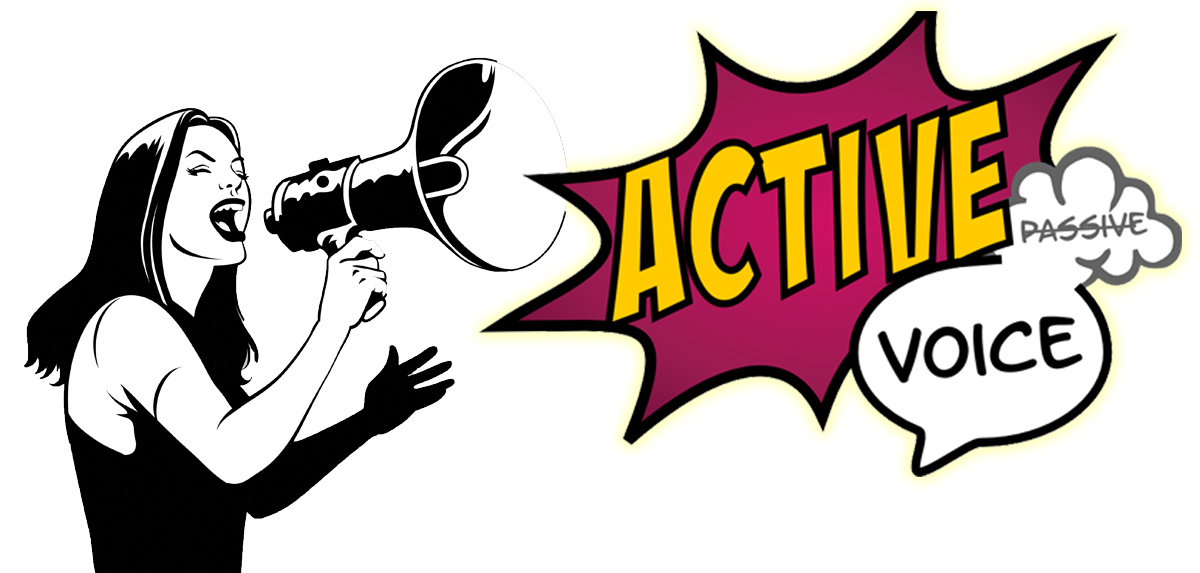

passive voice: The man was arrested by the police officer. ( The police officer is the subject of the sentence and is performing the action of arresting.)ī. active voice: The police officer arrested the man. In a sentence using passive voice, the subject is acted upon. In a sentence using active voice, the subject of the sentence performs the action expressed in the verb.

Scroll down to the bottom of the page for links to more online resources covering this topic. Here is some more information on what these different constructions are and when you should use each of them. Using passive voice sparingly and active voice generously will help you to do so.You’ve likely read about active and passive voice in Richard Wydick, Plain English for Lawyers (Chapter 4). Your goal is to become a better writer and excel at business communication. But the exercise will help you quickly identify passive voice and train your brain to formulate active voice sentence structure. It may take a little extra time in editing your documents in this manner. Passive: The memo was read by the supervisor and the employees were asked questions.Īctive: The supervisor read the memo and asked the employees questions. Passive: An investigation will be conducted.Īctive: The HR officer will conduct the investigation. Passive: The job offer was accepted by Matt. Your goal is to make it clear in your reader’s mind who is performing the action. Change the composition to create an active voice. A mistake was made in tabulating sales for the third quarter.Īs you proof your writing, identify sentences written in the passive voice.Passive voice would have removed the clarity. There is no question about who made the mistake or who approached the man. The teller approached the man in the bank.I made a mistake in tabulating the sales for the third quarter.It clears up any misconceptions about who or what was at fault or performed the action. So, if you want to present a solid argument and influence your reader, learn to use active voice in your business writing.Īnother benefit to writing in active voice is that your sentences will be easier to read and understand. Passive voice often makes the writer appear unsure. When you sound confident, your reader or audience is more likely to trust what you have to say. Active Voice in Business WritingĪctive voice is a way to take control of your writing. In this example, the focus is on what happened to the gate, not who crashed through it. Or you may use passive voice to direct the attention away from or change who or what the subject of the sentence is. In this case, the passive construction indicates that you do not know who the culprit is ( e.g., a bad driver, a cow with a grudge). And what if you are reporting on an event, but you are unsure who performed the action? For example: Or when presenting scientific statements. This is especially true in more formal settings such as legal. Or it may make your writing sound impersonal. You may waste words ( and time) in getting to your point. Passive voice tends to be more prolonged and even tedious to read. The sentences below are all written in the passive voice: It is often made up of a form of the verb “to be.” It may use the past participle of a verb ( e.g., is enjoyed, was eaten, were chosen). Passive voice tells what is being done or was done to the person or object. Action verbs express what a person or object can do (e.

Active voice is enhanced when you add action verbs ( e.g., climb, ask, make). Next, the subject performs the action that the rest of the sentence explains. In each of these examples, the active voice put the subject first.


 0 kommentar(er)
0 kommentar(er)
